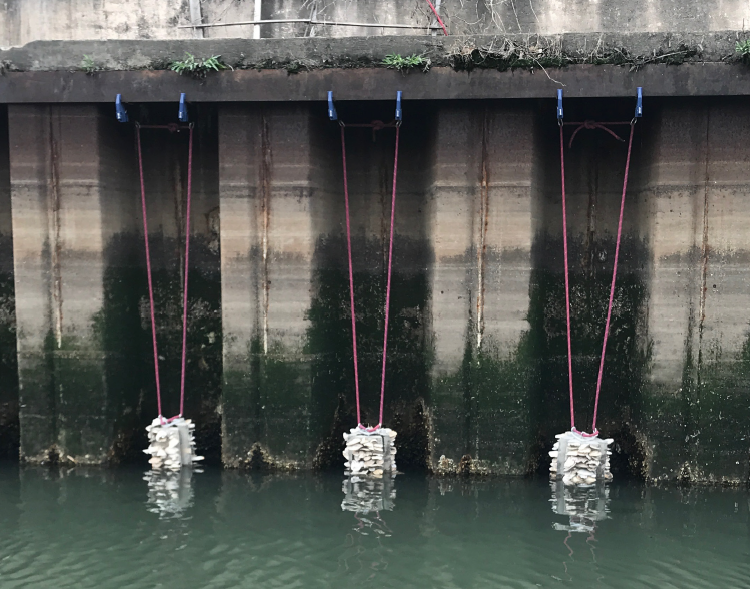In 2018, NCA partnered with Riverkeeper on a unique project to pilot an innovative, low-cost and low-impact method to create intertidal habitat for ribbed mussels within typical steel sheet pile bulkheads. Working with community members and volunteers from Billion Oyster Project and the design firm Situ, we established a working version, currently deployed within the Dutch Kills tributary of Newtown Creek.
Read the Project Booklet Here.
